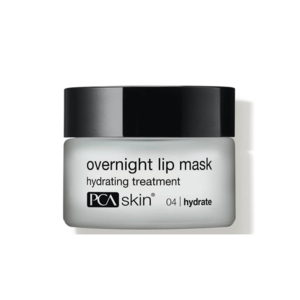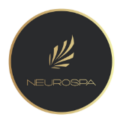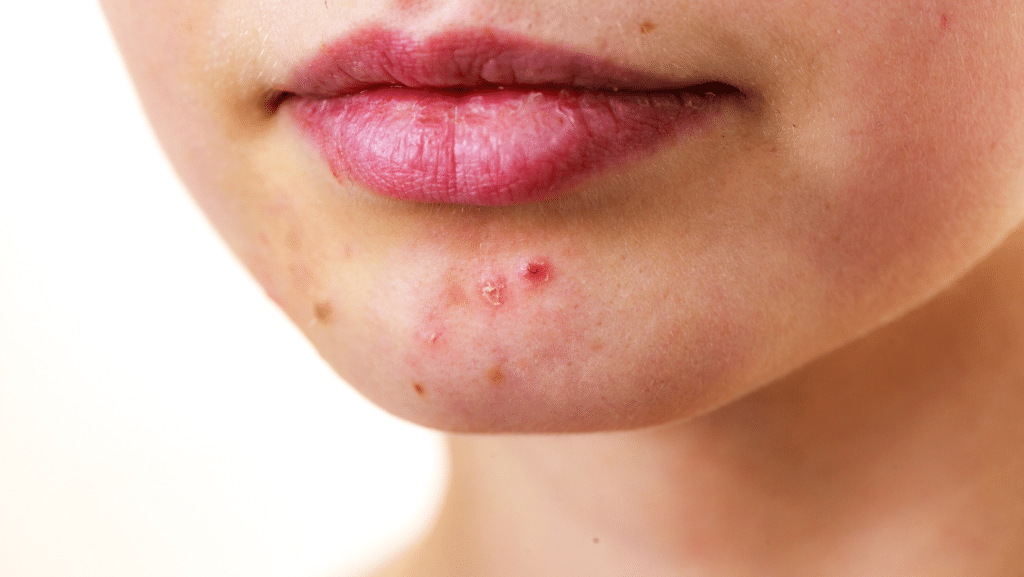Blackheads & Whiteheads
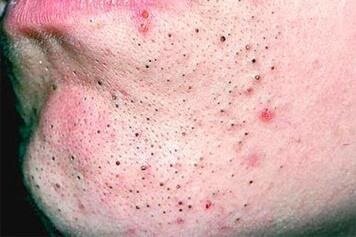
Blackheads
When dead skin cells and oils collect in the opening to the skin follicle it produces a bump called a comedone. Comedones are also known as a whitehead or blackhead. If the skin over the bump stays closed, the bump will create a whitehead. When the skin over the bump opens, exposure to air oxidizes the bump and turns it black resulting in a blackhead.
How to treat
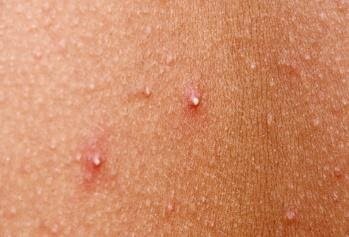
Whiteheads
There are a few at home tips to treat white/black heads such as regular exfoliation, preferably with a cleanser that contains an acid. Examples of these acids are glycolic, salicylic, and lactic. Another way to maintain congestion is applying a clay mask weekly to pull out dirt and control oil production. Monthly facials with extractions are the best way to control white and black heads. Retinoids are great for prevention and treatment when dealing with closed comedones.
Milia
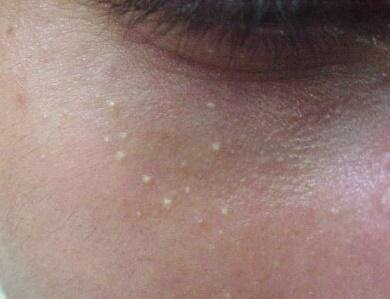
Milia
Milia is a small, hard white cyst. Milia typically appears on the nose, cheeks, under and around the eyes. They do not create a pore and most milia need to be removed by a professional.
How to treat
Milia must be extracted by a physician since the oil and sebum have hardened deep under the skin. When Milia is removed properly it comes out looking like a white pearl ball. The best way to prevent milia is to exfoliate regularly, use a retinoid, and most importantly, wear sunscreen.
Cystic Acne
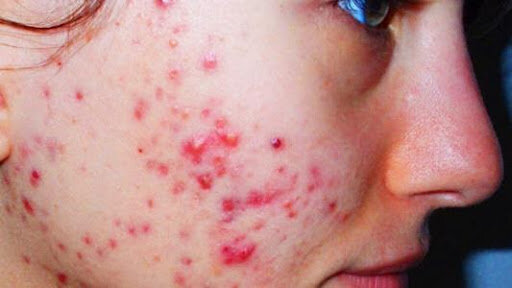
Cystic acne often looks like boils on the skin and tends to be the largest type of acne that can be found on the skin. Other identifying characteristics to help determine if it is cystic acne include large pus-filled cyst, large white bumps, extreme redness, tender or painful to the touch. Cystic acne is quite common in oily skin types.
How to treat
The best place to start when addressing cystic acne is with a dermatologist. You also need to start addressing your diet, sleep, and stress. Cystic acne stems from an imbalance in the body. At home tips are never poke or squeeze them, keep the area clean, throw on an ice pack or cold roll the area to keep the inflammation down. Cortisone injections are also a great option to help relieve inflammation in the area.
Acne Pustules & Papules
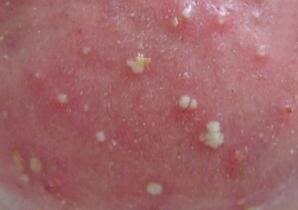
When determining pustules and papules the symptoms are remarkably similar. Both types of acne are inflammatory, which means they are the result of an imbalance in our immune system. The inflammation creates a pink or red dome shape. These bumps can appear in a variety of shapes and sizes but they always have distinct border.
Pustules are typically larger and more painful then papules. This is because pustules are filled with pus under the skins surface. These often get mistaken for white heads. The pus is a combination of white blood cells and waste from bacterial production.
Papules are known to cluster together and form a rash-like lesion on the skins surface. The texture of a papule is very rough to the touch.
How to treat
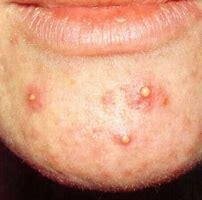
The best place to start when treating acne pustules and papules is by using products that are made to kill acne-causing bacteria. Some ingredients that can help are salicylic acid and benzoyl peroxide. These products can be found at most Medical Spas in the form of a face wash or topical cream. Another great option is to start using a retinoid product. If none of these types of products are helping, then it is best to go see a dermatologist who can provide a stronger prescription.
Nodule
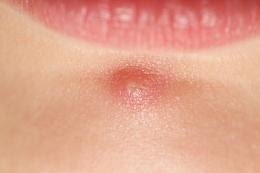
Acne nodules are swollen and often inflamed lumps, raised up to the skins epidermis layer. They are red in appearance and can be very sore when touched. The actual cause of nodules can be difficult to understand, but acne nodules can be the result of sebum overproduction, bacteria build up and shedding of dead skin.
How to treat
Nodule acne can be extremely hard to treat and can leave a scar when trying to physically remove it yourself. So, the best place to start is by going and seeing a dermatologist. Over the counter acne treatments simply are not enough to treat nodule acne.
Featured

Obagi® CLENZIderm M.D.® Daily Care Foaming Cleanser
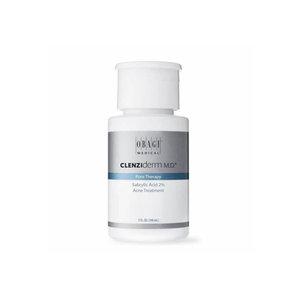
Obagi® CLENZIderm M.D.® Pore Therapy
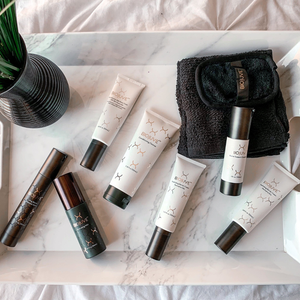
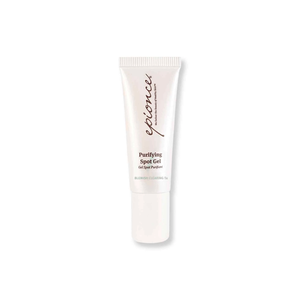

Colorescience® Face Shield FLEX Medium

Colorescience® Total Protection Glow

Obagi® Nu-Cil™ Eyelash Enhancing Serum
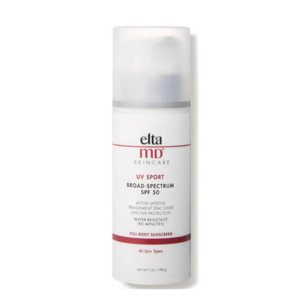
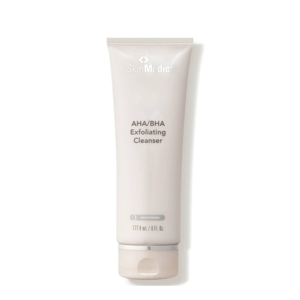
SkinMedica® AHA/BHA Exfoliating Cleanser
